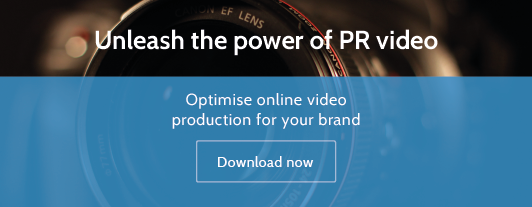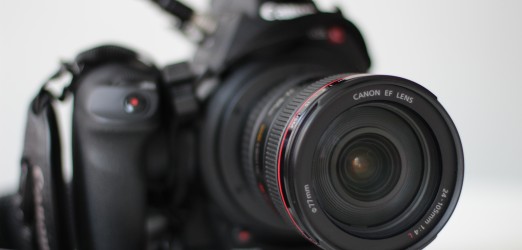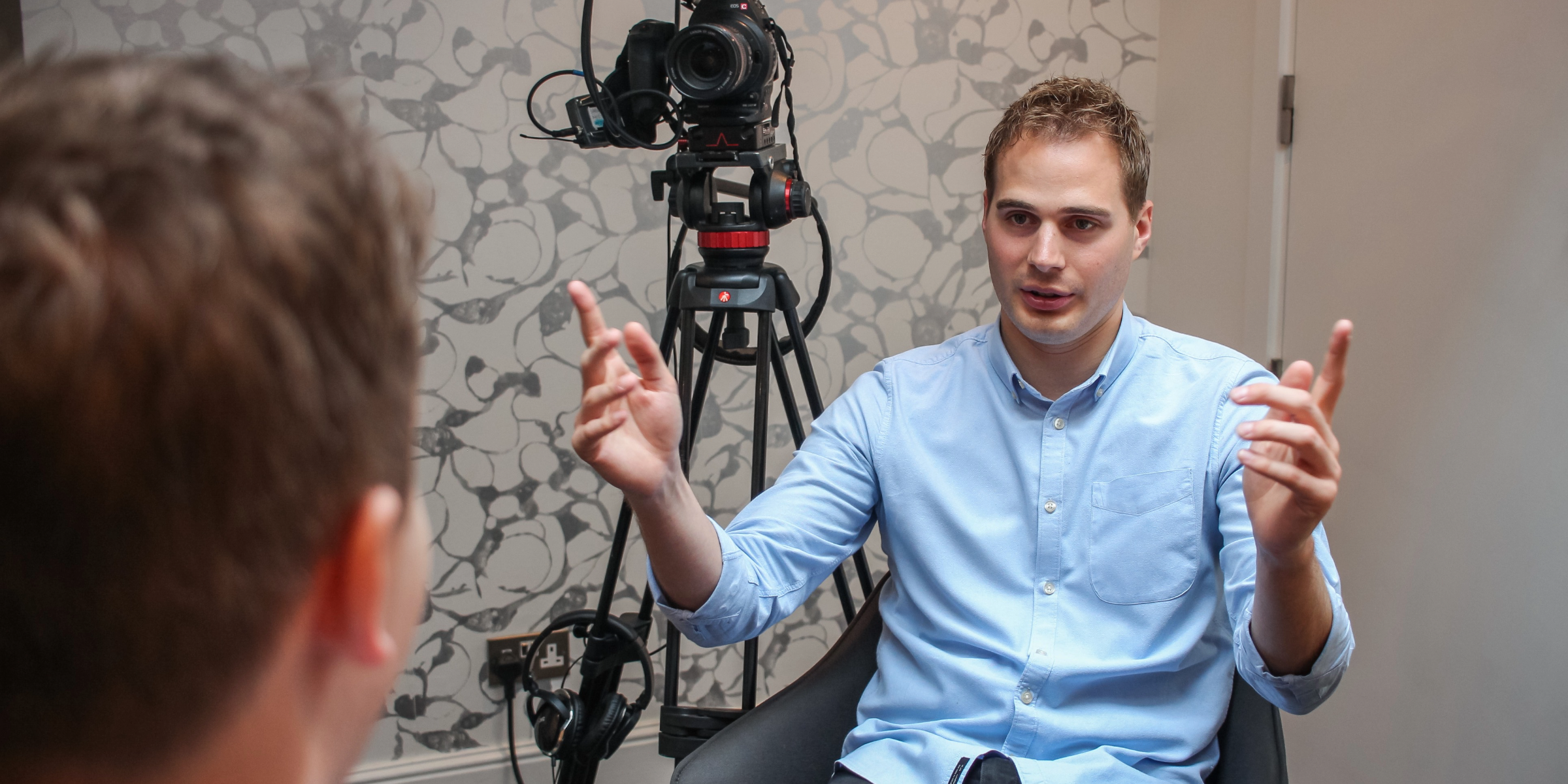Video is such a huge part of a successful PR campaign now, but as broadcast specialists we still find that there are some common mistakes when it comes to PR video. We’ve collated some of the worst offenders below, and suggested some solutions as well…
Boring spokespeople
Of course no one wants to tell their boss/client/colleague that they’re boring, but it might be better not to make a video at all than to make one with the wrong spokesperson. An obvious choice – if you have one – is to use a celebrity ambassador. They are likely to be comfortable in front of the camera and will bring a legion of fans who will then be keen to see your video. If you don’t have a celeb or big name fronting your campaign, then have a good think about who you want representing your brand or organisation. Make sure whoever you select is appropriate, authoritative, willing – and engaging. When we made this package for Turner Classic Movies we were lucky enough to have Terry Wogan as a spokesperson – interesting, entertaining, and a great ambassador.
Too long
Think about the last time you watched a video online – did you watch until the end? And if not, was it because you weren’t interested or just that you simply didn’t have time? We’re all so busy that most of us can’t dedicate long periods of time to watching online video so we would always recommend keeping your PR video short and sweet. Ideally around a minute to a minute and a half. Chances are you may have a call to action at the end and you don’t want viewers to switch off before this, so by keeping your video brief, you’ve got a much better chance of getting your message to the viewer.
Too branded
PR video is not the same as an online advert or advertorial. This might seem obvious, and yet sometimes we are asked to make videos that are so full of branding that they would only work as paid for content. The key to making a great PR video is to weave the content and branding so that they are seamless and the viewer engages with the messaging while enjoying the narrative. However, if you or your client really want to go all out with branding, you may still be able to use the video to generate coverage – if there’s something else in there to whet the appetite of journalists. This Magnum video (which got great coverage editorially online) is a great example of just how much branding you can get away with, if you also feature Pixie Lott and ice cream.
Visually boring
There is no excuse to make a video that is just boring to watch. Even if you are filming content that isn’t visually engaging there are filming and editing techniques that can be used to lift even the driest content. We’ve published a whole blog of editing tips and tricks but if you want a few quick ideas, check out our graphics showreel which features examples of the kinds of editing techniques that Shout! produces in-house to create compelling videos from pictorially challenged content.
Those are some of the worst offenders when it comes to PR video, but for more top tips check out our e-book – it’s free and has lots more practical advice for enhancing your broadcast PR campaigns.




